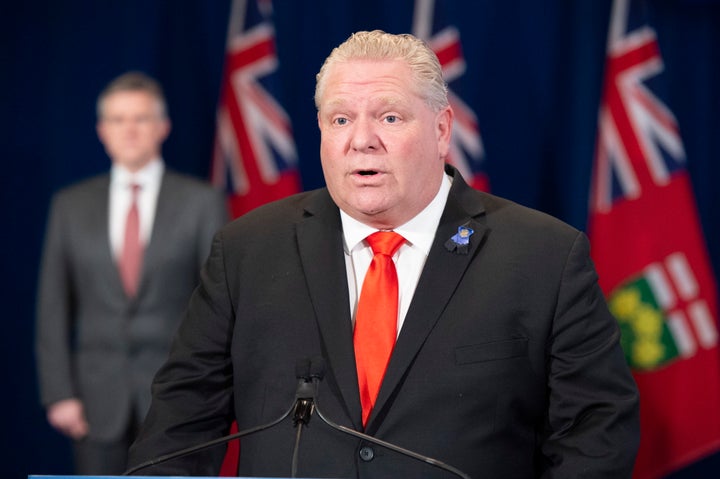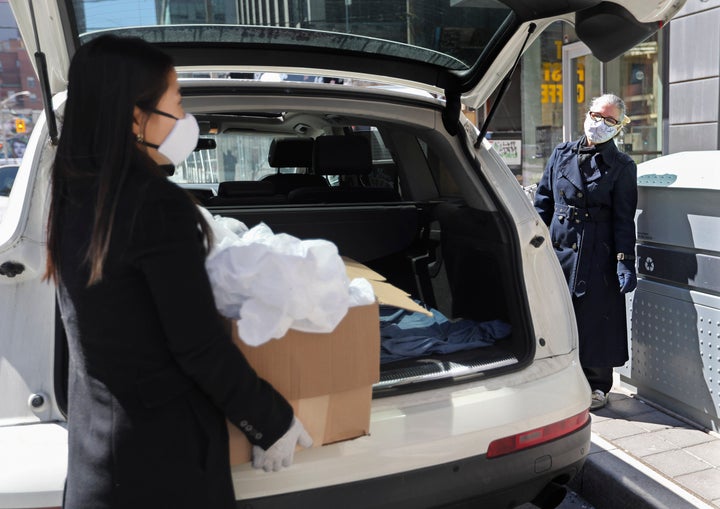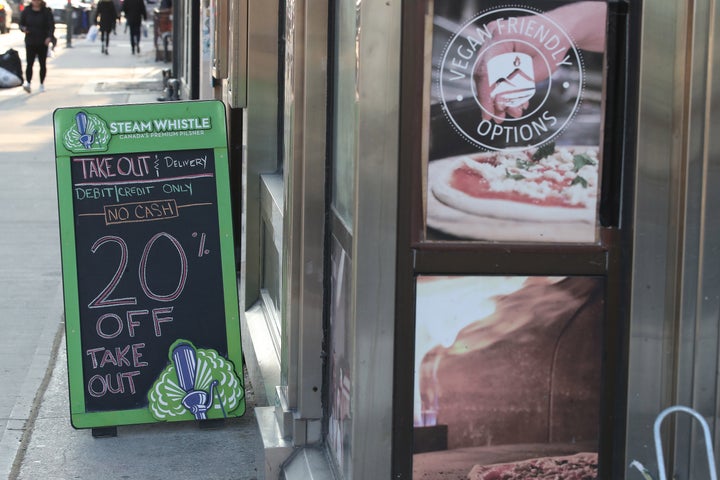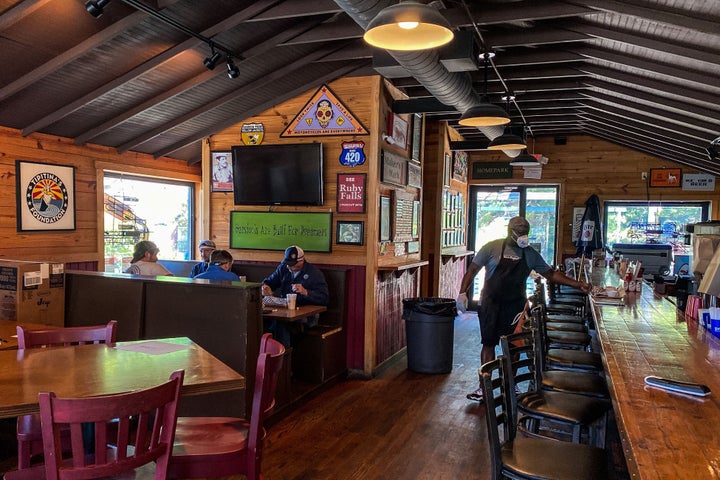TORONTO — Ontario is preparing to ease into a “new normal,” where people can go to work, eat out and shop as they stay diligent to prevent the spread of COVID-19.
However, Premier Doug Ford refused to say when the province will begin easing COVID-19 emergency measures, following the release of a framework to reopen the economy Monday.
It is clear it won’t be business as usual until a vaccine or treatment is available.
“The framework is about how we are reopening, not when we are reopening,” said Ford.
The framework details a three-stage plan that will take six weeks to three months to fully implement. It does not specify which business workplaces will be opened first.
The end result will see all workplaces open, but large gatherings like concerts and sporting events restricted for the foreseeable future, including this summer.
Publicly funded schools will remain closed until at least May 31, which will be reviewed, said Ford.

“I don’t want to go out there and start setting dates and then we see a spike and then all of the sudden we have to slow things down,” said Ford. “Let’s get it right the first time. Hopefully if we can see the numbers come down over the next couple of weeks we will be able to lighten up the measures.”
Stage 1 will include opening some parks and businesses that can provide curbside pick-up or delivery, and allowing hospitals and funerals to offer some non-urgent surgeries and services.
During Stage 2, more workplaces will open, primarily service industries, retail businesses and some offices. The province will open more parks, and allow larger gatherings.
Stage 3 is when all workplaces will open and the province will further relax rules around public gatherings.
Public health officials will be monitoring the spread of COVID-19 to determine if they need to tighten measures “in response to a surge in cases or outbreaks.” People will need to continue physical distancing and frequent handwashing.
The state of emergency will be in place until at least May 12, meaning non-essential businesses will stay closed and gatherings of more than five people are banned, Ford said last week.
“There is a light at the end of the tunnel,” said Health Minister Christine Elliott.
She cautioned that Ontario needs to see fewer daily cases of COVID-19 consistently for two to four weeks before the framework is rolled out. The province did not say what the exact number of new cases each day would need to be.
Hospital intensive care and public health units must also be able to keep up with the number of cases. That means public health needs to have the capacity to reach 90 per cent of people testing positive for COVID-19 within one day to trace their contacts and isolate those who were exposed to lower the risk of transmission.
Over the past four days, there were consistently fewer new cases, “which is good,” said Dr. Barbara Yaffe, Ontario’s associate chief medical officer of health. However, 150 long-term care homes are experiencing outbreaks.
Projections from mid-April showed that social distancing has helped stop the spread of COVID-19 and flattened the curve of new infections in the general community — the “best case scenario” initially predicted by public health authorities. However, the number of new infections continues to grow in long-term care homes, homeless shelters and other institutions.
As of Monday, Ontario had 14,432 confirmed cases and 835 deaths.
Quebec is also set to release its plan this week. It is the province hardest hit by COVID-19 with more than 24,000 confirmed cases and 1,500 deaths.
Daycares and elementary schools outside of Montreal will reopen May 11, reported Radio-Canada. Montreal will begin reopening on May 19. High schools may not open until the fall. Schools will be expected to maintain physical distancing rules.

Saskatchewan, which has had relatively few cases at about 350, will begin reopening its economy at the beginning of May.
Premier Scott Moe said Thursday that restrictions would be gradually lifted in five phases, allowing businesses to reopen if they choose.
“Some may be concerned that this is far too soon, that reopening businesses in the coming weeks could increase the spread of COVID-19,” Moe said at a news conference.
“We have to find the middle ground that continues to keep our case numbers low and keep Saskatchewan people safe, while at the same time allowing for businesses to reopen and Saskatchewan people to get back to work.”
People in Saskatchewan will first be allowed to do outdoor activities like fishing, boating, golf and camping, and hairdressers and retail stores will reopen as long as they follow physical distancing and regular cleaning and disinfecting measures. The province will allow gatherings of up to 10 people.

Saskatchewan advised people to continue to work from home and stay at home when they’re sick, or if they’re vulnerable to COVID-19, such as seniors.
It has not determined when people will be allowed to gather in larger groups, or when restaurants, gyms and childcare centres will reopen, although they will initially be limited to 50 per cent capacity.
Italy will ease its social distancing measures and restrictions May 4, Prime Minister Giuseppe Conte announced Sunday.
Italy is the second hardest hit country in the world, following the U.S., with more than 26,600 COVID-19-releated deaths and close to 200,000 cases.
It will first reopen parks, factories and building sites, and permit funerals with a maximum of 15 people, ideally outdoors, reported the BBC. People will be allowed to move around their own regions, but not to different regions. Over two months, it will reopen museums, libraries, shops restaurants and cafes. School won’t resume until September.

In the U.S., a couple of states are permitting businesses to resume, even as the death toll surpassed 55,000 this weekend.
In Georgia, gyms, hair and nail salons, movie theatres and bowling alleys were permitted to reopen Friday, although there’s already been pushback from the movie industry and mayors.
The state has reported more than 23,000 confirmed COVID-19 cases, and close to 1,000 deaths, numbers that are continuing to climb. Experts warn it shouldn’t reopen until at least May 1, and that the move goes against public health advice.
Other states are also easing restrictions, including Alaska, Hawaii, Oklahoma, Montana and Colorado.